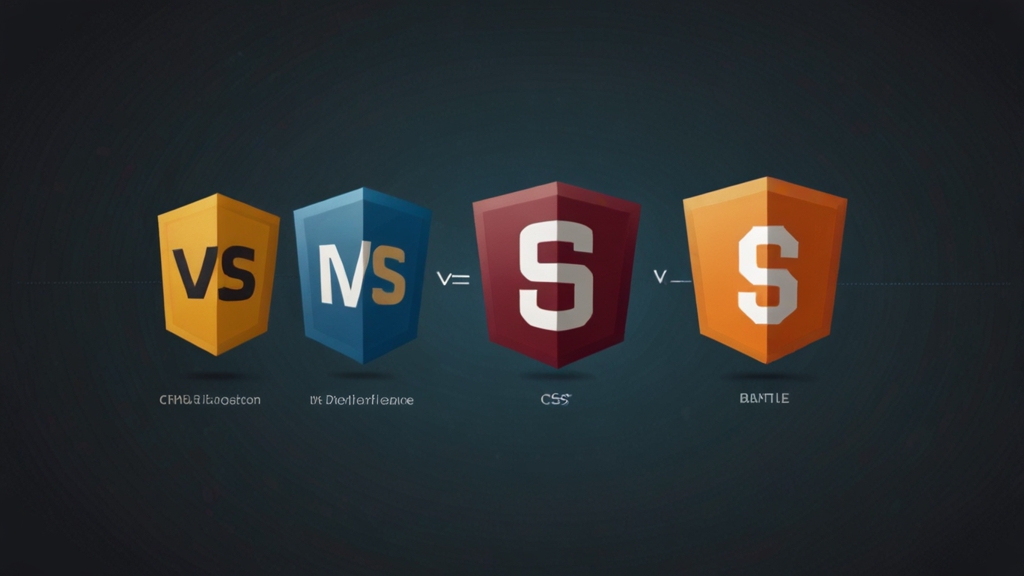HTML vs CSS: The Battle for Web Development Dominance
In the realm of web development, two stalwarts have long stood the test of time: HTML and CSS. These foundational technologies work in tandem to create the vibrant, interactive websites we browse every day. However, each brings its own set of functionalities and strengths to the table, which often sparks a debate among developers about which is more critical. This article delves into the roles of HTML and CSS, examining their unique attributes and exploring why neither can truly claim dominance over the other.
What is HTML?
HTML, or HyperText Markup Language, is the backbone of any web page. It provides the structure and content, acting as the scaffold upon which websites are built. Introduced in the early 1990s by Tim Berners-Lee, HTML has evolved significantly over the years, with the latest version being HTML5.
"HTML is the skeleton that holds up the body of a website. Without it, there is no form, no content, and certainly no web."
HTML uses a series of elements and tags to define headers, paragraphs, links, images, and other essential components of a web page. It is straightforward to learn and provides the foundational knowledge required for deeper dives into web development. Importantly, HTML5 introduced a plethora of new features, including semantic elements like <article>, <section>, and <nav>, as well as multimedia support with <audio> and <video> tags.
What is CSS?
CSS, or Cascading Style Sheets, was developed to manage the presentation layer of web development. While HTML lays down the structure, CSS is responsible for the visual styling, including layout, colors, and fonts. Developed by Håkon Wium Lie in 1996, CSS has undergone substantial enhancements, with CSS3 being the latest evolution.
"CSS brings the color, charm, and charisma to the monochrome world of HTML. It's the paint on the canvas, the decor in the house."
CSS allows for the separation of content (HTML) from design (CSS), making it easier to maintain and update websites. Developers can change the look and feel of a site by simply altering its CSS, without touching the underlying HTML. Moreover, CSS3 introduced advanced features like Flexbox, Grid, and animations, enabling intricate and responsive web designs that adapt seamlessly to various screen sizes.
The Synergistic Relationship
The argument over whether HTML or CSS holds more value is somewhat moot because they are inherently interdependent. HTML is necessary for embedding content, but without CSS, that content would be plain and unappealing. Conversely, CSS needs HTML to have something to style and arrange. They complement each other, forming the bedrock upon which modern web applications are crafted.
Moreover, this interdependence is further evident in the development of JavaScript frameworks and libraries like React, Angular, and Vue.js, which utilize both HTML and CSS to create dynamic user interfaces.
The Verdict
In the "battle" for web development dominance, it's clear that neither HTML nor CSS can prevail alone. They are two parts of a whole, each indispensable in its own right. HTML provides the necessary structural framework, while CSS injects life and aesthetics into that framework. Together, they create the rich, interactive web experiences that users have come to expect.
As web development continues to evolve, both technologies will undoubtedly undergo further advancements, but their foundational roles are unlikely to change. The true power of web development lies not in favoring one over the other but in mastering both HTML and CSS to produce cohesive, engaging, and effective websites.
"In web development, excellence is achieved not by elevating one tool over another, but by harmonizing them to create a unified, compelling user experience."










